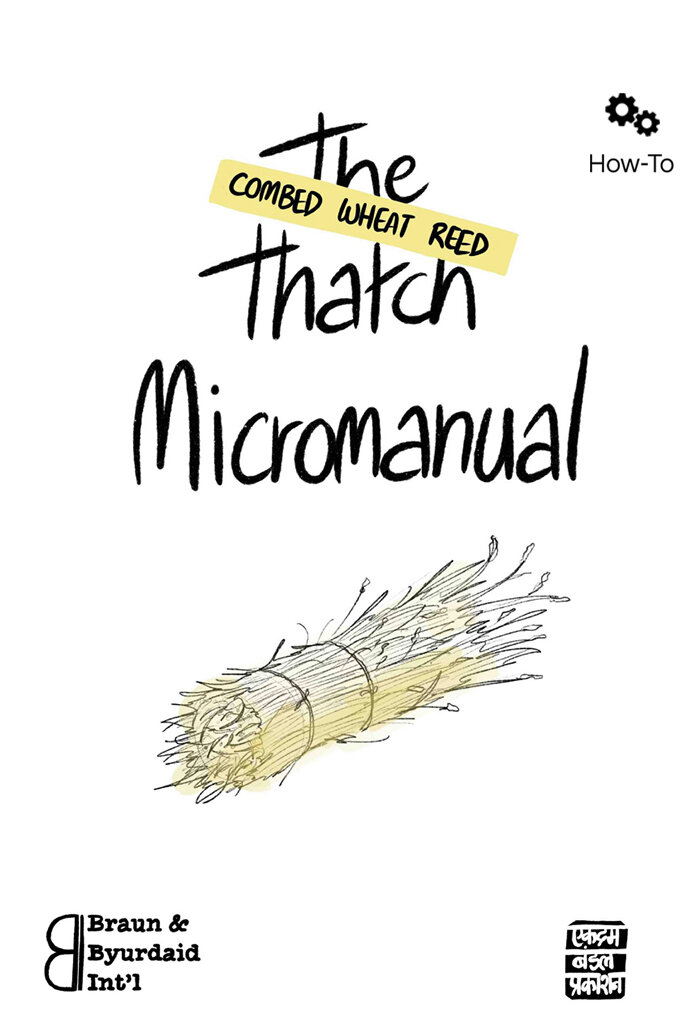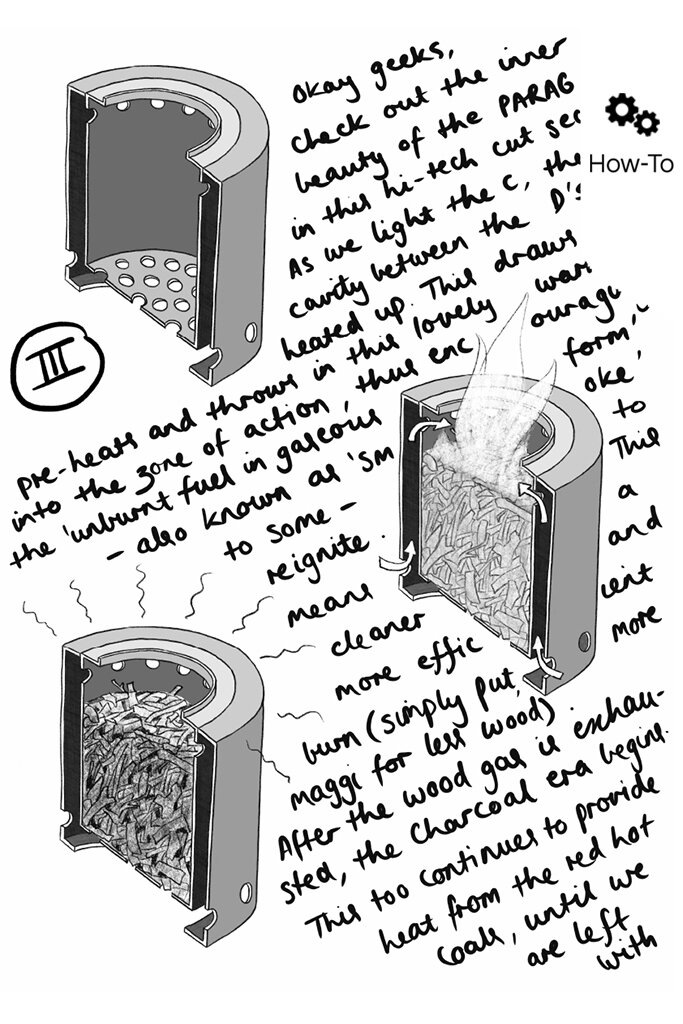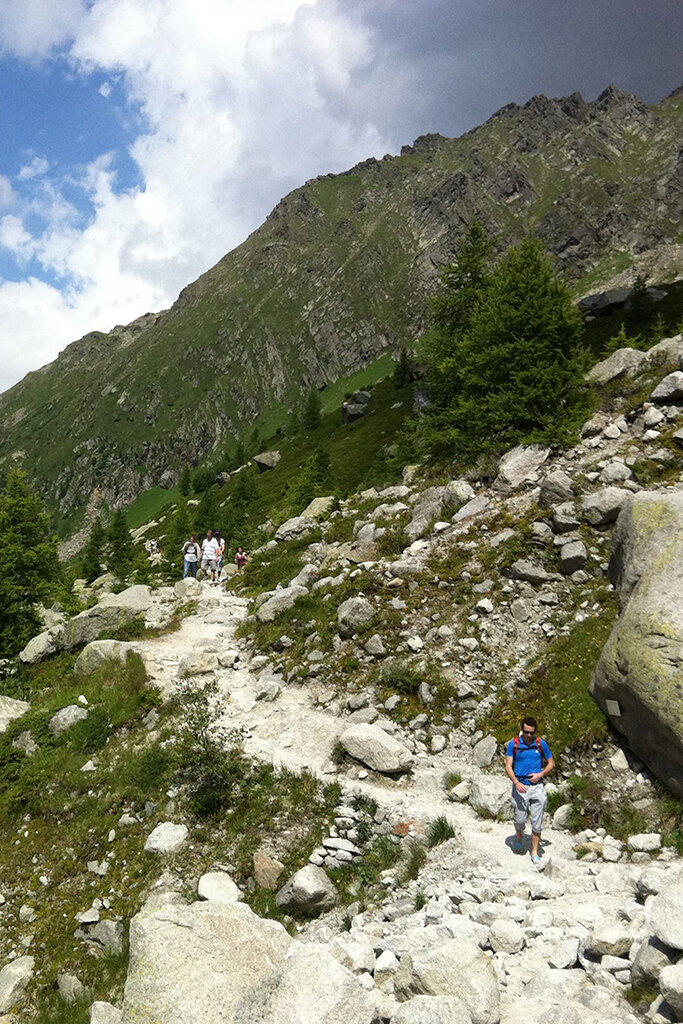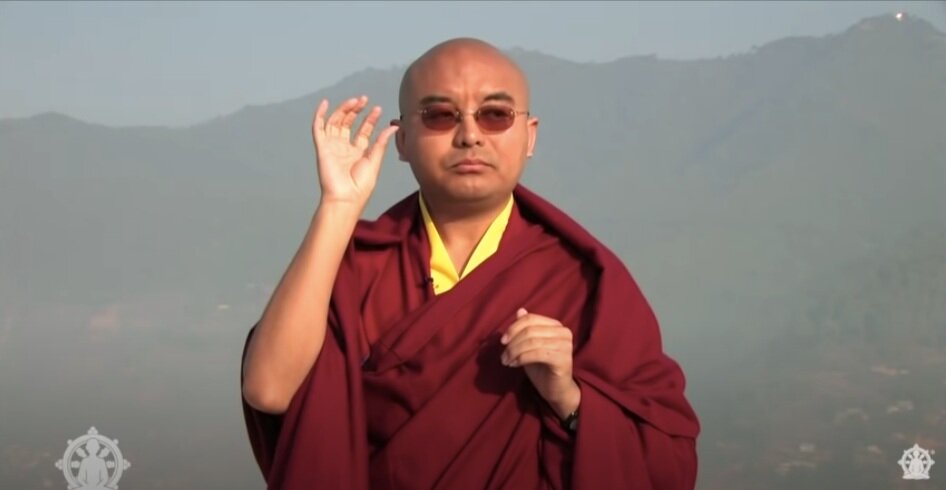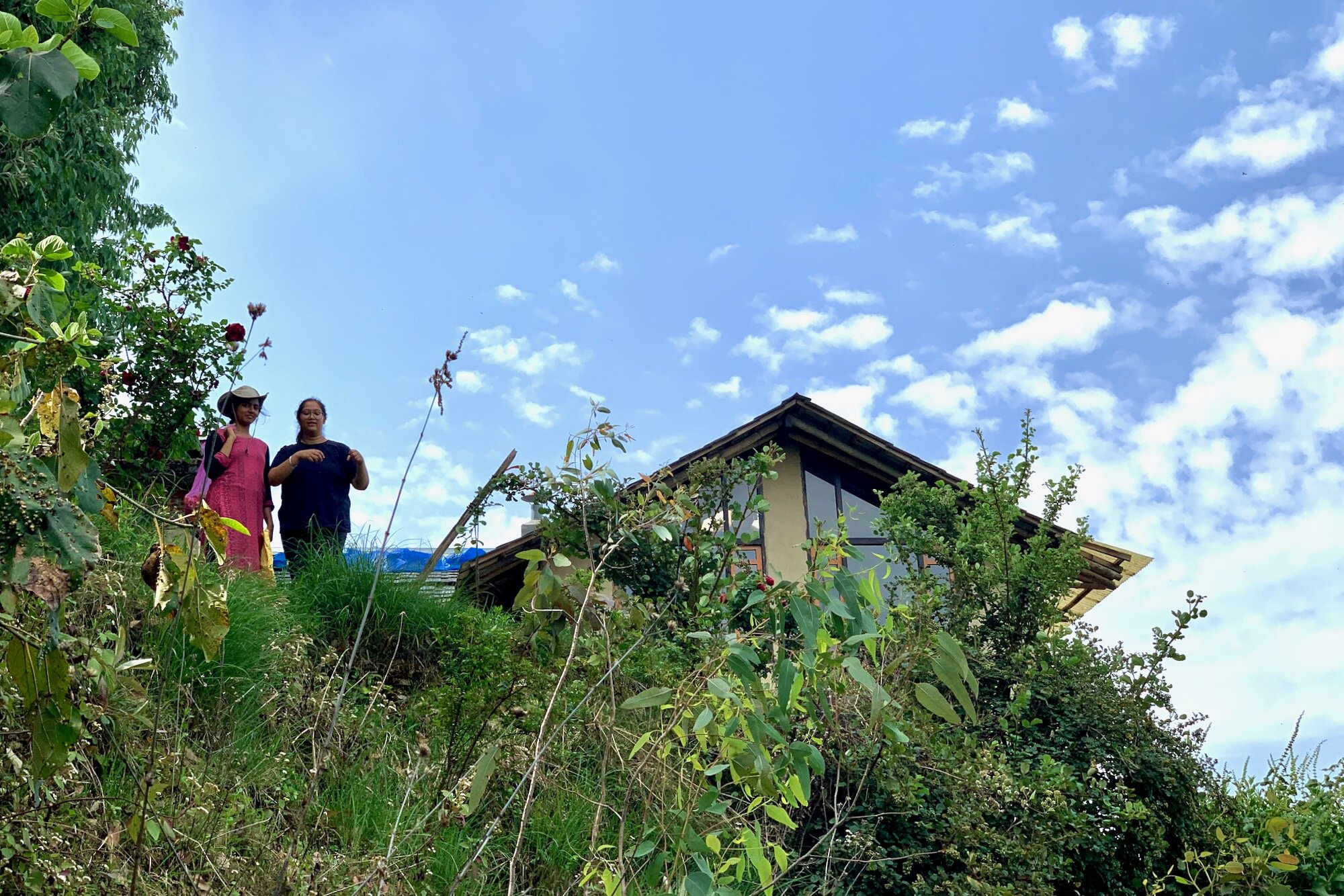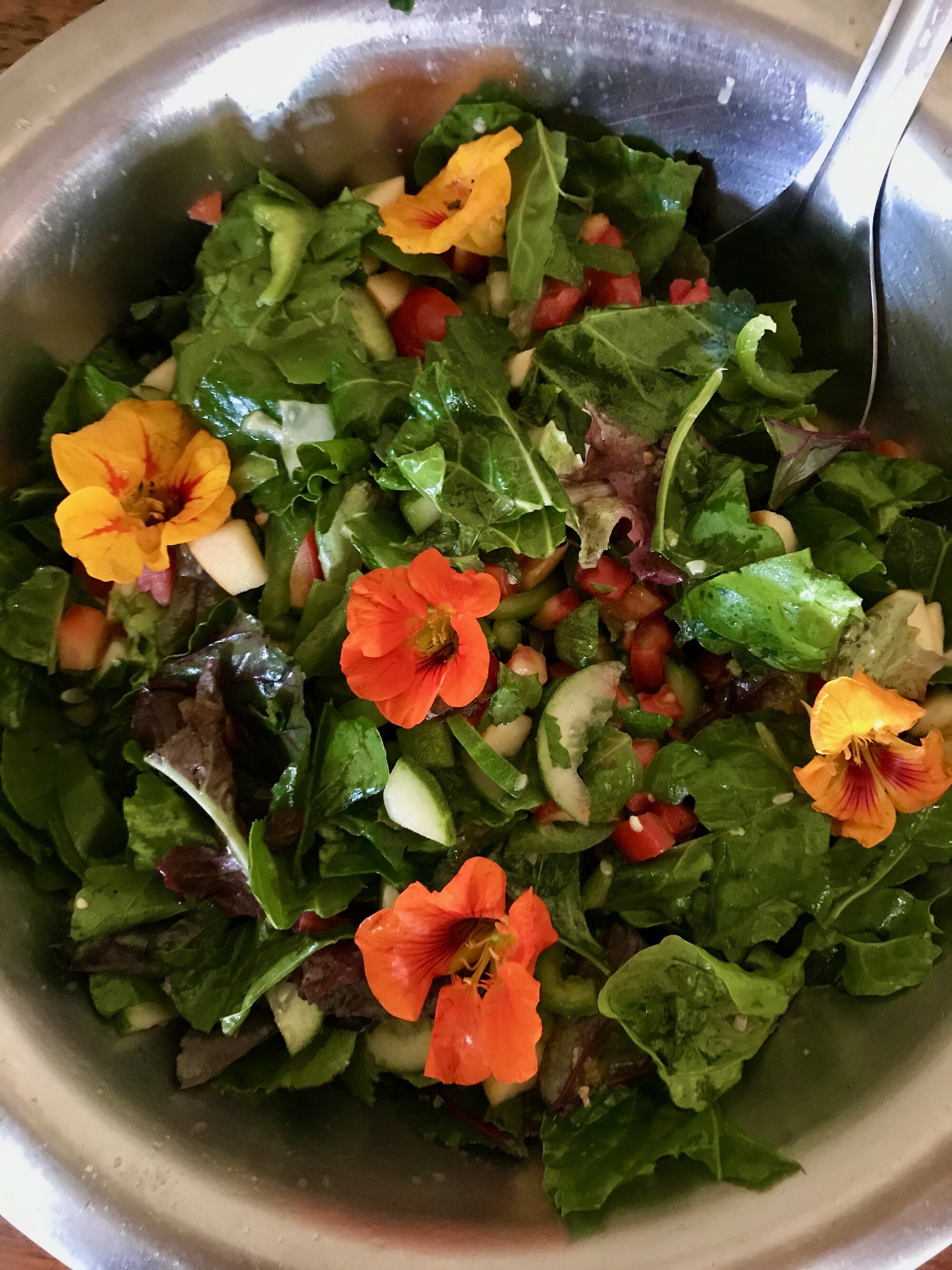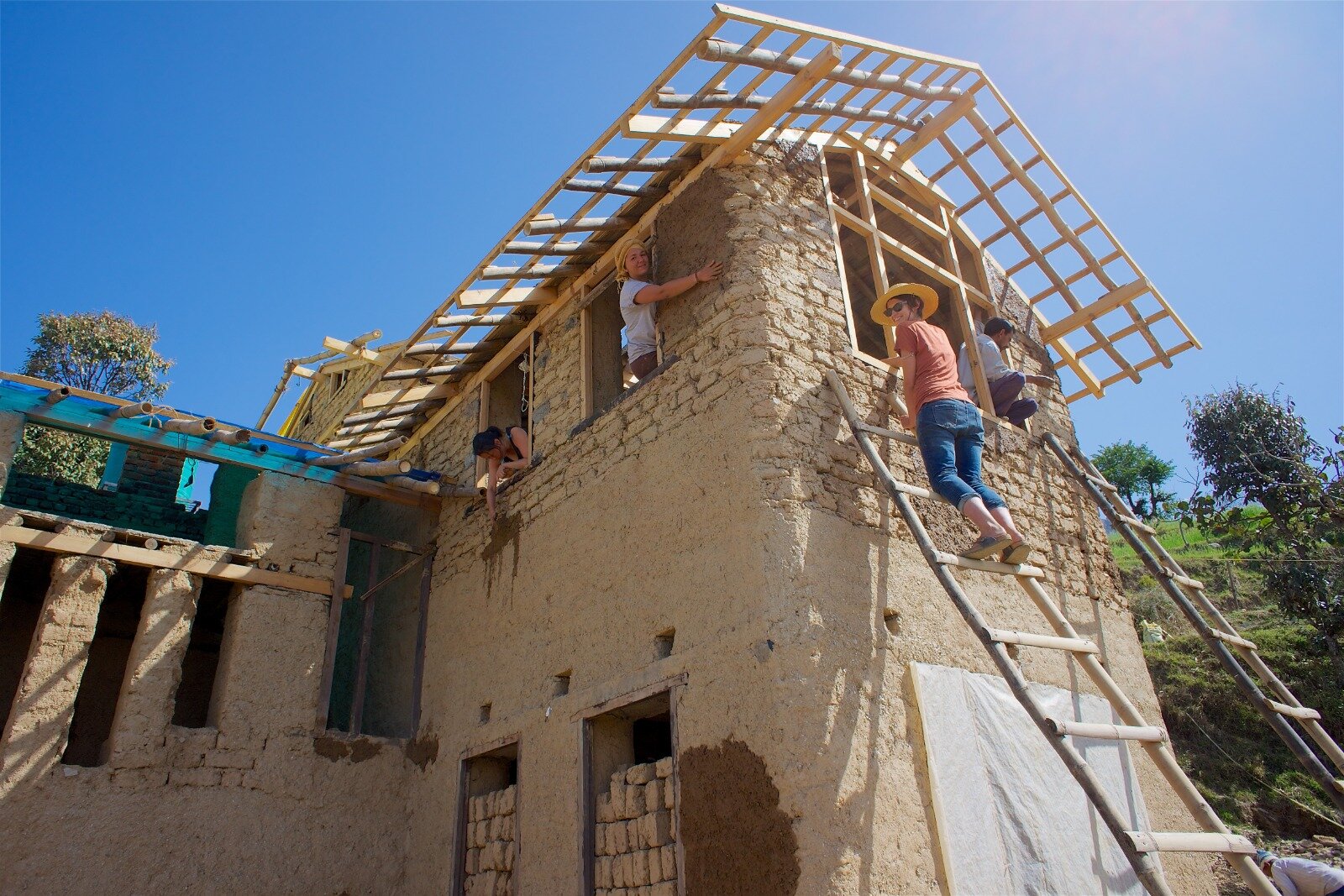
Resource Library for Compassionate Living
HOW-TO SERIES | COMPASSIONATE LIVING | DESIGN | EDUCATION | FOOD-GROWING & LANDSCAPING | HEALTH & WELL-BEING | NATURAL BUILDING
Welcome to our collection of open-source resource materials for sustainable, healthy, and compassionate living! Our online resource library includes how-to guides, topical articles, and inspiration for your health and well-being for living a sustainable and joyful life!
Getting started
New to our resource library? Our featured article is a good place to start. You can also browse by these categories:
Stay tuned! We are currently compiling a decade's worth of experience and resource material for this library. Check back regularly, or subscribe to our newsletter to stay informed about the latest posts.
How-to Series

A collection of articles curated to support the study and practice of sustainable design, craft and building. These articles focus on sharing step-by-step processes, techniques, observations and experiences.
Recommended books and films › view
Free online resources for sustainability › view
Partners and allied organisations › view
FEATURED ARTICLE
We have some big news to share with you about the future of Dharmalaya Institute, and the headline is that we want to invite you to be a part of it!
Everything that matters most — from the quality of our character to the survival of our species and the health of our planet — depends greatly upon our practice of compassion. Most of society’s pressing challenges arise from our…
Articles by Date
There are as many techniques for building with locally available natural materials as there are traditional cultural groups. Throughout human history, each culture has used materials differently depending on their context and its particular challenges, and on the relative strengths and differing properties of the materials available on or near their sites. But one thing most of them have in common is the use of soil — the earth beneath our feet.
Let’s take a closer look at the adobe brick itself. Building an adobe structure that will stand the test of time begins with using best practices for each individual brick. As the saying goes, ‘a chain is only as strong as its weakest link. The same is true for buildings.
Dharmalaya Institute cofounder Mark Moore discusses the power of contemplative experiential education and service learning to awaken compassion and help empower sensitive and effective agents of change.
The latest addition to the dormitory building is an outdoor seating area for al fresco classes and discussions. Dharmalaya architect Anushka Joshi, breaks down the process as part of our How-To series.
Everything that matters most — from the quality of our character to the survival of our species and the health of our planet — depends greatly upon our practice of compassion. Most of society’s pressing challenges arise from our…
In this video, Tenzin Wangyal Rinpoche teaches us how to open ourselves to the beneficial qualities of the natural elements - which the ancient Bön teachings place much emphasis on. The longer you spend in relationship with the elements of nature, the more you feel their essence coming alive in you and nourishing your soul.
In this video, Mingyur Rinpoche explains the essence of meditation and describes some common misunderstandings about practicing meditation. He also shares some tips for bringing meditation into our day-to-day lives. What is your reaction to Mingyur Rinpoche’s statement that you don’t have to be calm and peaceful in order to meditate?
Dig clay, make tiles, dance.
A scruffy treatise on straw roofs, The combed wheat reed thatch micromanual.
Tenzin Wangyal Rinpoche offers a succinct description of a meditation technique he calls the "Three Precious Pills” as well as instruction on how to practice it. He adds, with delightful humour, that these are three pills you can take everyday at any time and as much as you want, with no side effects!
A small and sweet wood gas stove…Parag Dabba
After the invigorating monsoon season, autumn is a natural time for reflective engagement as we return outdoors to work with the earth. Dharmalaya Institute’s autumn 2018 programme season began with a five-day silent meditation retreat, which set a contemplative tone.
A profound yet lighthearted talk by Mingyur Rinpoche held at the London School of Economics Old Theatre in the UK. Rinpoche talks about his own path of learning meditation as well as going beyond mindfulness as we take our meditation practice off the cushion and into our world.
Multivitamin supplement for soleful peeps.
What is a path? A path is a trajectory from here to somewhere else—a desire to leave one destination or state of being, or reality and arrive into the next. There are two frames of mind that lead to voluntary movement, but only one can be called a Practice.
A rash course of sorts - A crash course in high input - high output organic square foot gardening.
The path to steaming green tea..
Tenzin Wangyal Rinpoche offers a free self-paced course that includes videos, MP3 audio recordings, and supplementary materials! Videos are available as part of a self-paced course. They can also be viewed separately, as stand alone teachings. View syllabus and links here.
What are the causes of anxiety and suffering?
In this short 10 minute video, Mingyur Rinpoche talks about the panic attacks that he experienced as a child and how he used compassion and calm-abiding meditation to free himself from anxiety.
A collection of information and advice on staying healthy in rural India, for the benefit of visitors and residents alike. It was written with visitors to Bir in mind, but most of it applies to all of India and to other places where food and water contamination create health issues.
In India and around the globe, we are witnessing a renaissance of vernacular eco-architecture. A rising tide of people of all ages and backgrounds are awakening to both the urgent socio-ecological crises of our time and the potential for us to find solutions in our own rural traditions.
In this article, visionary educator Arnie Langberg shares three stories from his days as Principal in two alternative schools in Denver, Colorado. These tales illustrate the critical roles that human connections play in creating effective learning communities.
In 2011, Dharmalaya held its first-ever international programme: a work retreat in collaboration with SanghaSeva. That experience was so inspiring that we’ve been coming together again every year..
One of the first things we learn in math class is the art of addition. Fast-forward and we’ve all graduated with a Masters degree in Addition. We buy, we collect, we consume, we swap, we take, we build, and we produce. Let's take it a notch up - how much can you subtract?
Organic food is completely natural, without any harmful chemicals. Growing food organically is much better than chemical-based agriculture for many reasons, including health, taste, cost, ecology, and more.
A snippet on just what the title suggests. The focus here is on grass thatch..
Definitions give us context. Putting an identity to what we do is an essential piece of our parcel. It helps us to formulate and understand concepts on a gross level and from where we currently stand. On the flip side, an overkill of identity leads to rigidity, impedes a vast spectrum of possibilities and puts a restriction on an otherwise seamless stream of energy…
After a marathon rush of construction activity through the winter, the Dharmalaya Institute held the first programmes in the new (and still-unfinished) main building of its Himalayan eco-campus for sustainable and compassionate living.
When we left you with the season finale cliffhanger last June, we had just bundled up our baby building with prayers that she’d survive the monsoon rains without a roof. That was asking a lot from a big mud sandcastle! We put her fate in the hands of a few well-fastened tarps, some slate shingles, and a whole lotta flax husk mud plaster. Well, the monsoon was merciless!
The biggest news on the construction of the Main Building is in regard to our race against time to get the roof on our baby building before the onslaught of the monsoon rains this month…Well, we couldn’t win, so we’ve done our best to change the game!
C o m p a s s i o n a t e L i v i n g R e s o u r c e L i b r a r y
HOW-TO SERIES | COMPASSIONATE LIVING | DESIGN | EDUCATION | FOOD-GROWING & LANDSCAPING | HEATH & WELL-BEING | NATURAL BUILDING
RECOMMENDED BOOKS AND FILMS | FREE ONLINE RESOURCES | PARTNERS & ALLIED ORGANISATIONS
Get Our Mails









